The north shore can contain some arduous heat in the summers, reviving a dead lawn isn’t always easy. You will need to remove the weeds because the weeds will absorb large portions of water and nutrients. To stop the growth of weeds, ensure that you take them out by the roots. Weeds in smaller lawns can be removed either using your hands, but for larger lawns, you should use herbicides. lawn mainteance and lawn mowing in the north shore can be tricky and you might need the help of chimcal prodcuts. Herbicides are usually available in nurseries and also in super stores. Some best recommended herbicides include Disarray, Arrow and Bow. While removing the weeds, take care that you don’t remove the grass with it. If you want to make your lawn weed-free in a natural way, you can use the vinegar. You can spray it on weeds, but it requires more time and effort. It is good if there is ten to twenty percent acetic acid in the vinegar you are using. Make your lawn such an environment where it becomes difficult for weeds to grow. To prevent the growth of weeds, ensure that your lawn is not water-deprived, the soil is not compressed and the grass is mowed correctly.\
Thatch is a layer between soil and grass, composed of dead leaves, roots and stems. Thatch negatively affects the growth of turf as it hinders the crucial flow of water, fertilizers, air and other substances to the roots. Thatch decreases the drought resistance of grass. Moreover, thatch can’t be rewetted if it dries out and if thatch becomes moist, it accumulates fungi and fungi can lead to many grass diseases. So, because of thick layer
of thatch, a lawn can become vulnerable to pests and bad weather conditions. The activity of micro-organism and earthworm is beneficial for preventing the accumulation of thatch as indicated by a research. The practices that stop the activity of microorganisms and worms causes accumulation of thatch. Whereas, adequate soil pH, enough aeration and moisture encourage the activity of microorganisms. These beneficial microorganisms do not thrive in compacted and acidic soil. So, balance in fertilization and proper use of insecticides and fungicides is essential. Thatch grows swiftly in grasses that contain high levels of side-shots. The best way to reduce the thatch is to remove it mechanically. There are various detaching machines, verticutters, vertical mowers, power rakes and dethatchers. So, to reduce the thatches, proper management is required. If you are dethatching mechanically, it is better if you do it in winters or late summer.
Where the proper amount of sunlight, water, nutrients, fertilizers and minerals are important for the maintenance of lawn, soil aeration is vital too. Soil aeration includes making holes in the soil so that water, air and fertilizers can pass to the grassroots. Soil aeration is significant for a vigorous and healthy lawn as it helps in the deep growth of roots. Soil can get compacted because of the accumulation of thatch and due to this, there is less space available to soil to store oxygen. The vascular system of plants doesn’t work appropriately without enough oxygen and the roots can’t retain the water. When there is an issue
of soil compaction, soil aeration is highly recommended. plug-aerator and a spike aerator are the two main tools for soil aeration. Consiering hiring professional gardening North Shore. Plug aerator takes out a plug or core of soil and grass from the lawn. Plug aerator is considered more effective than spike aerator as it covers the more area. Before aerating your lawn, ensure that the soil is moist. It is better that you do the main lawn management practices (mowing, fertilizing and watering) after doing the soil aeration. Late spring is the best time to aerate the lawn having warm season grass and early spring is suitable for the lawn having cool season grass.
To maintain the appearance of your lawn, it is necessary to regularly fertilize your lawn. First of all, it is important that you are using the right fertilizer. Use the fertilizers which have slow release nitrogen. Secondly, you should apply fertilizer at the suitable rate. Adhere to the directions well while applying the fertilizers and do not apply the excessive fertilizers as it increases the risk of negative impact on the environment. The sufficient amount of fertilizers helps the grass to be prepared to cope with insects, weeds and diseases.
To revive your dead lawn, assess it properly before anything and after that remove the weeds, reduce the thatch with the right tools, ensure the soil aeration or oxygenation and apply the right fertilizers at the right time and rate. These steps will surely help you get back a beautiful, healthy lawn.

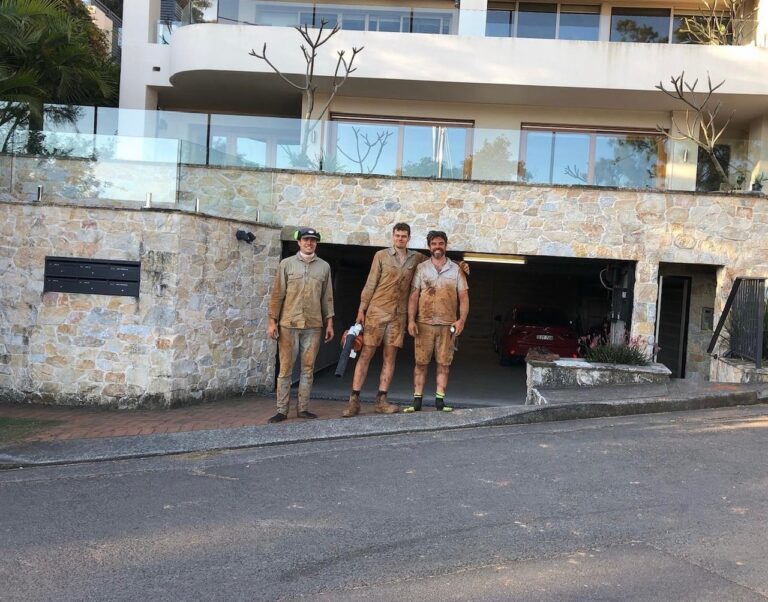
Operator of Sydney Gardeners
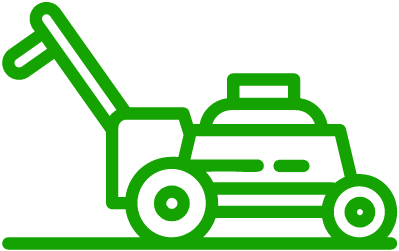
Garden maintenance is a top quality services provided throughout Sydney.

NDIS gardening service is a specialized offering tailored for individuals with disabilities.
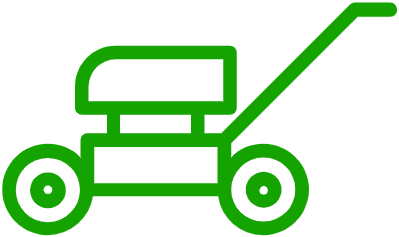
Sydney lawn mowing is a top of the range high quality service
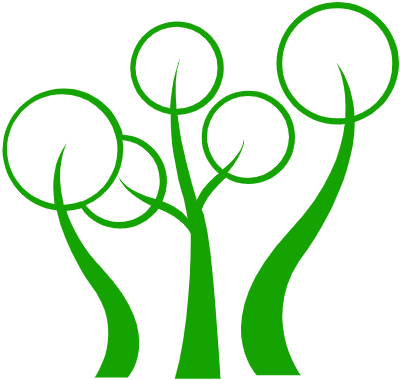
We love everything trees, safety and efficiencey is priority.
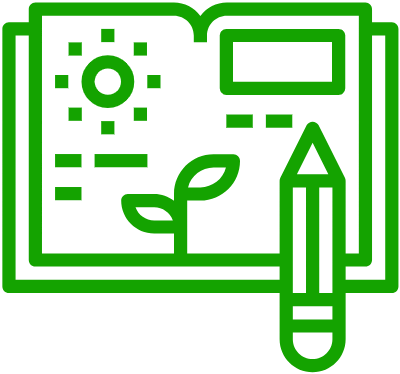
Nothing better than a good contract. Stay organised with us.